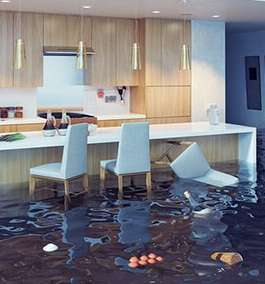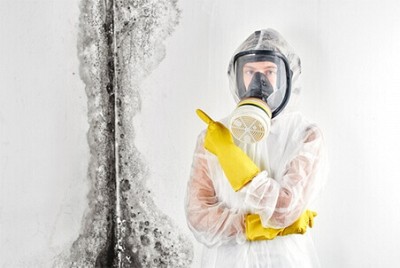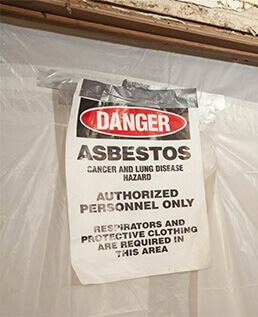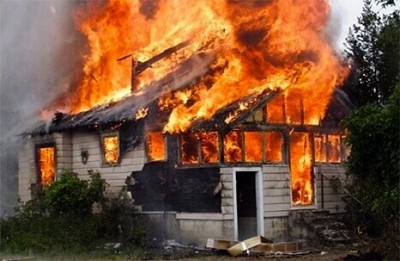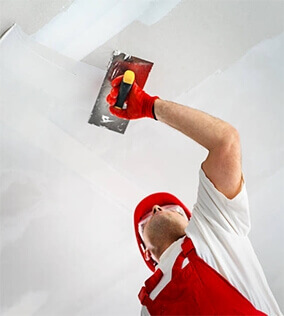Tips for Asbestos-Safe Floor Upgrades
Posted in Asbestos Removal, on July 07, 2025
You never know what may be uncovered during any kind of home upgrades or renovations. Oftentimes, the destruction of ceilings or floors leads to the discovery of asbestos-containing materials. Asbestos materials were a popular choice for insulation and flooring materials in the 1900s, when the general public was unaware of the health and safety concerns surrounding asbestos. This is why it is best...
Read More


